Siege Of Leningrad- Estimated 5.5 Million Casualties
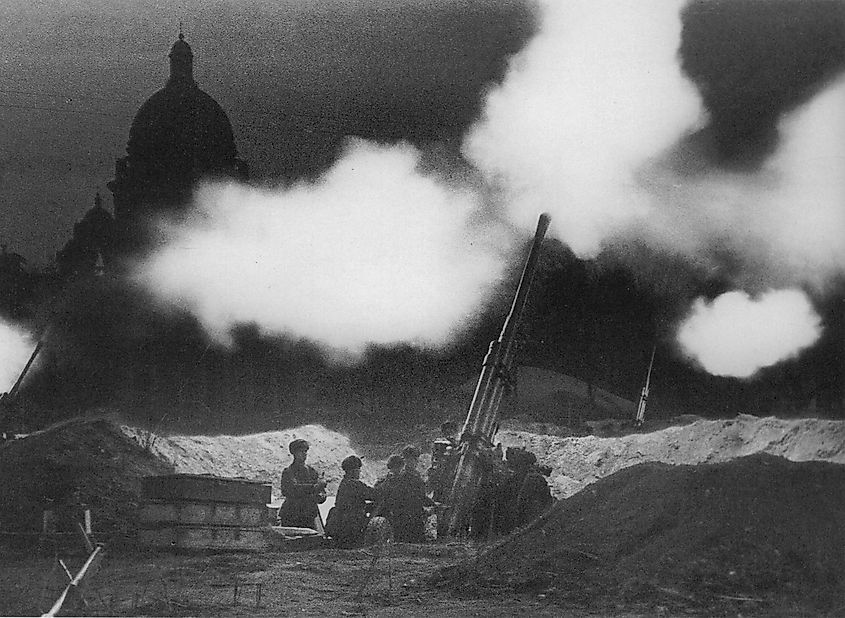
The Siege of Leningrad was one of the most brutal and harrowing episodes of World War II. For 872 days, from September 1941 to January 1944, the city of Leningrad (now known as Saint Petersburg) was under siege by German and Finnish forces. The people of Leningrad endured unimaginable hardships during this time: hunger, cold, disease, and constant bombardment. But they refused to give up, and ultimately the siege was lifted.
Battle Of Stalingrad- Estimated 2.5 Million Casualties
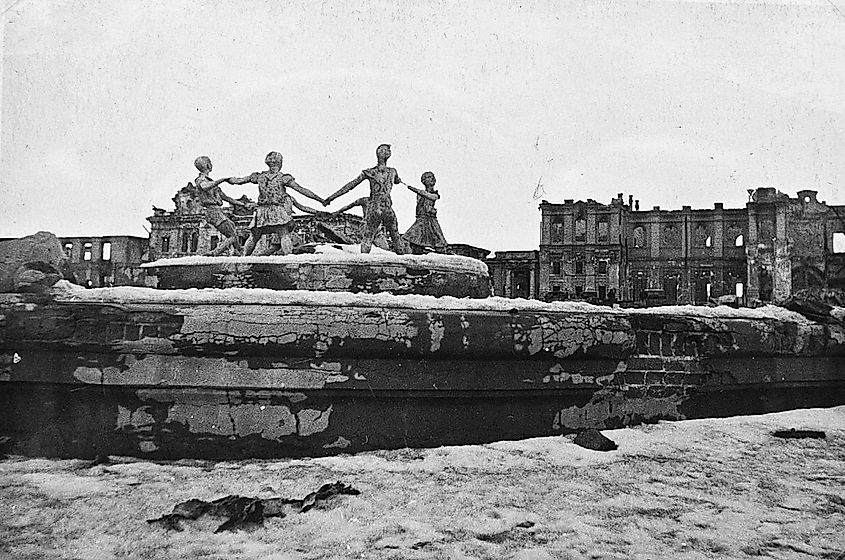
Fought between the Soviet Union and Nazi Germany, the Battle of Stalingrad was a turning point in World War II, and ultimately led to the defeat of the Nazis and the end of the war.
The battle began in late 1942, with the Soviets launching a counteroffensive against the German forces that had been advancing on the city of Stalingrad (now known as Volgograd). The fighting raged for months, with both sides sustaining heavy casualties. In the end, despite being outnumbered and outgunned, the Soviets were victorious, driving the Germans out of the city.
Siege Of Baghdad- Estimated 2 Million Casualties
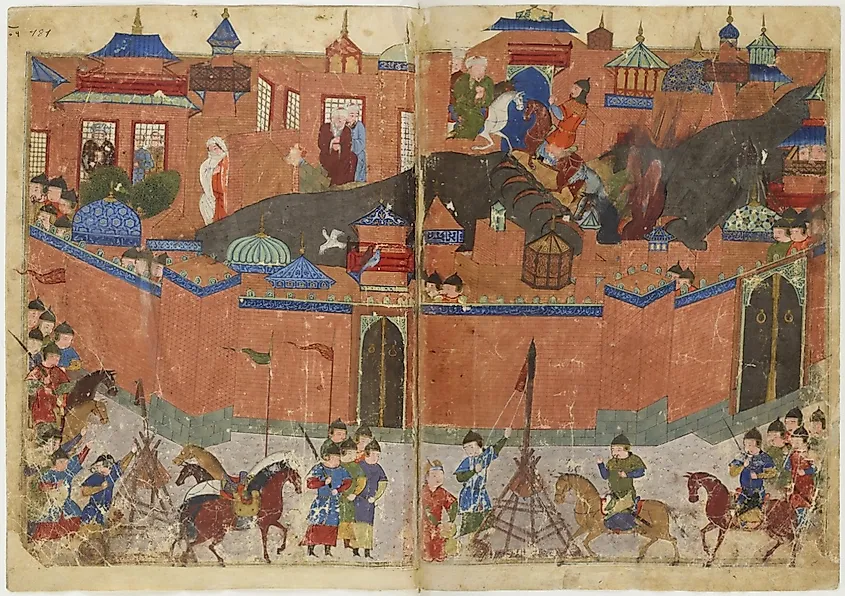
The Siege of Baghdad was a military campaign that took place in 1258. The Mongol Empire invaded Baghdad which was the capital of the Abbasid Caliphate- the ruling Islamic dynasty at the time. The siege lasted for two weeks and ended with the city’s capture by the Mongols. This event marked the end of the Abbasid Caliphate and ushered in a new era in Islamic history.
Battle Of Berlin- 1,286,367 Casualties
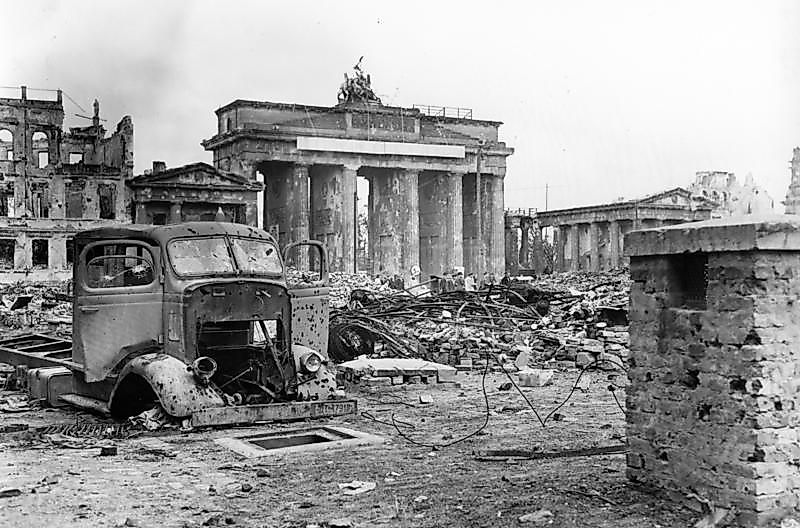
The Battle of Berlin was one of the most pivotal moments of World War II. It was the last major offensive of the European Theatre of Operations and resulted in the Allies taking control of Berlin from the Axis powers. The battle began on April 16th, 1945, and lasted for nearly two weeks. Over two million soldiers from both sides were involved in the fighting, which took place across a large swath of Europe. In the end, the Allies emerged victorious, and Germany surrendered on May 2nd. This effectively ended the war in Europe.
Siege Of Gurganj- Estimated 1.2 Million Casualties
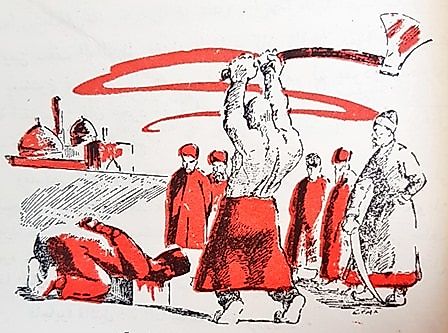
The siege of Gurganj was a pivotal moment in the Mongol conquest of the Khwarazmian Empire. After taking the border town of Otrar and the large cities of Bukhara and Samarkand, Genghis Khan’s army laid siege to Gurganj, the former capital of the empire.
The city was immensely wealthy, but its location on marshy ground made it difficult to defend. After a lengthy siege, the Khan’s army managed to take the city. This was a significant victory, as it opened up the way for the Mongols to continue their march westward into Europe.
Battle Of Kiev- 761,783 Casualties
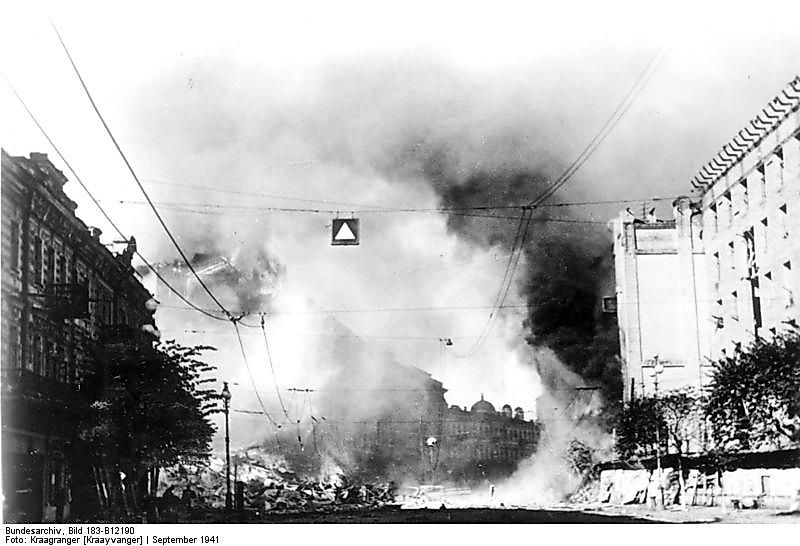
The battle of Kiev was one of the biggest and most important battles of World War II. It was a huge encirclement of Soviet troops by German forces and is considered one of the biggest encirclements in history.
As a part of Operation Barbarossa, the battle ran from August 7th to September 26th, 1941. In Soviet military history, it is referred to as the Kiev Strategic Defensive Operation, with different dates (July 7 – September 26, 1941). The battle was a blow to the Red Army and a decisive victory for Germany.
Battle Of Manila – Estimated 500,00 Casualties
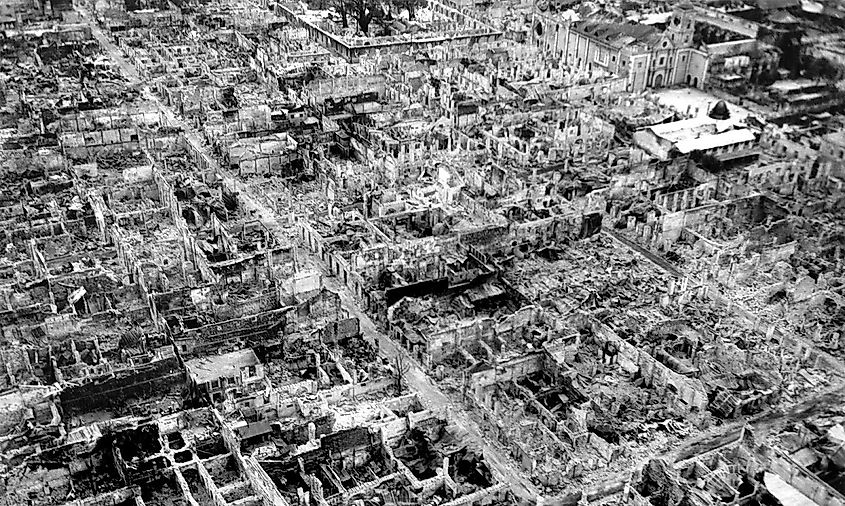
On February 3, 1945, the Battle of Manila began. The battle was fought by American and Filipino forces against the Imperial Japanese Army in an attempt to liberate the city of Manila from Japanese occupation during World War II. In addition to the loss of life, much of the city was destroyed during the fighting.
After 30 days of fighting, the Americans and Filipinos were victorious, and the city was liberated.
Siege Of Changchun – 425,000 Casualties
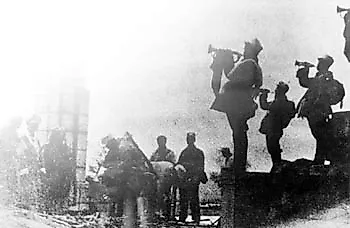
In the summer of 1948, the Chinese Communist Party (CCP) launched a major offensive against the city of Changchun in northeastern China. The CCP had been fighting a civil war against the Chinese Nationalist Party (KMT) since 1945, and by 1948, the CCP had control over most of the country. However, the KMT still held onto a few key cities, including Changchun.
The Siege of Changchun lasted for over five months and was one of the largest and bloodiest battles of the Chinese Civil War. Ultimately, the CCP emerged victorious, but at a heavy cost: an estimated 150,000 civilians were killed during the siege.
Siege Of Budapest – 422,000 Casualties
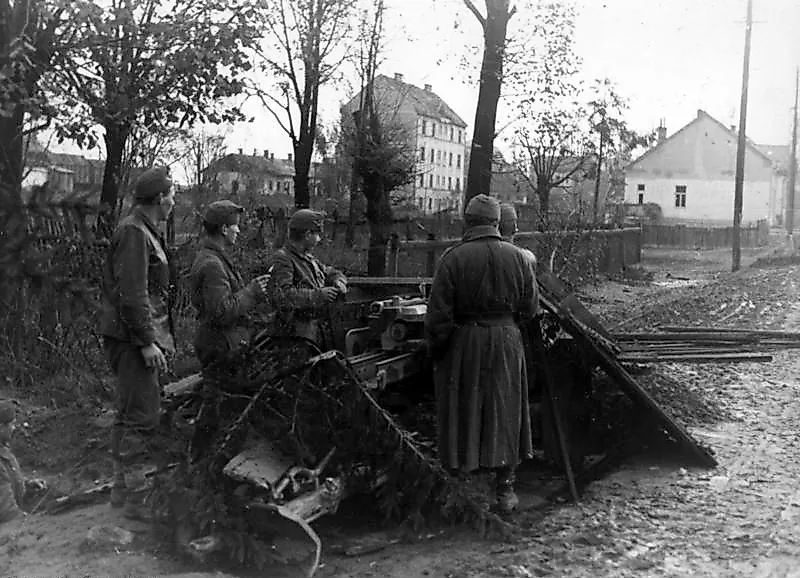
In late 1944, as the Soviet Army closed in on Nazi-occupied Hungary, Hitler ordered his troops to prepare for a siege of Budapest. The Siege of Budapest lasted from December 1944 to February 1945 and is ranked one of the bloodiest battles of World War II.
Over two months, Soviet and Romanian troops bombarded the city with artillery and airstrikes, while German and Hungarian troops defended it fiercely. Tens of thousands of civilians were killed or wounded in the fighting, and millions more were left homeless. Ultimately, the city surrendered, which marked a great victory for the Allies.
Battle Of Shanghai – 400,000 Casualties
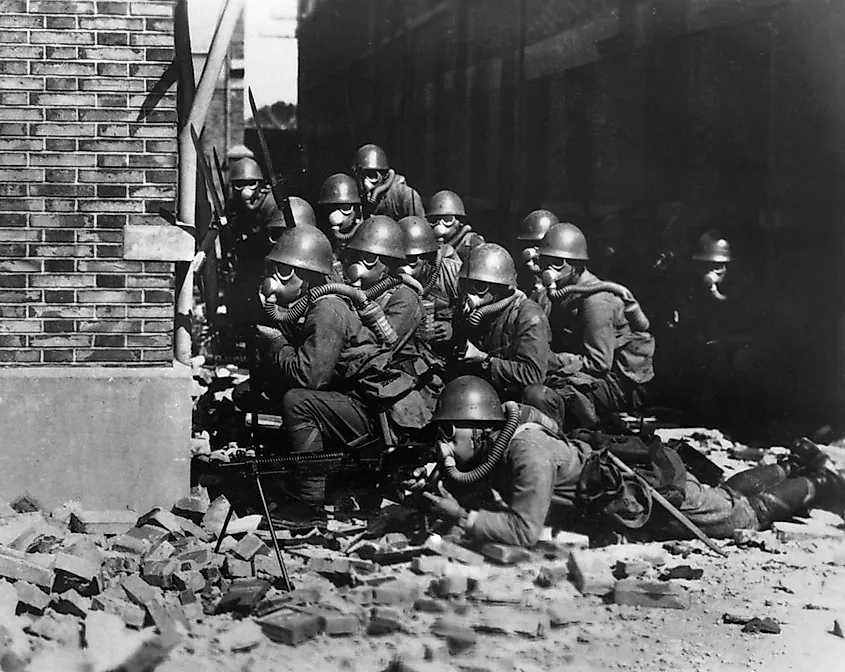
The Battle of Shanghai, which took place in 1937, was one of the bloodiest and most brutal battles of the Second Sino-Japanese War. It lasted for three months and resulted in heavy casualties on both sides. The Chinese forces were outmatched and outnumbered by the Japanese, but they fought bravely, nonetheless. In the end, the Japanese forces captured Shanghai and inflicted a crushing defeat on the Chinese army.
Siege Of Paris – 332,142 Casualties
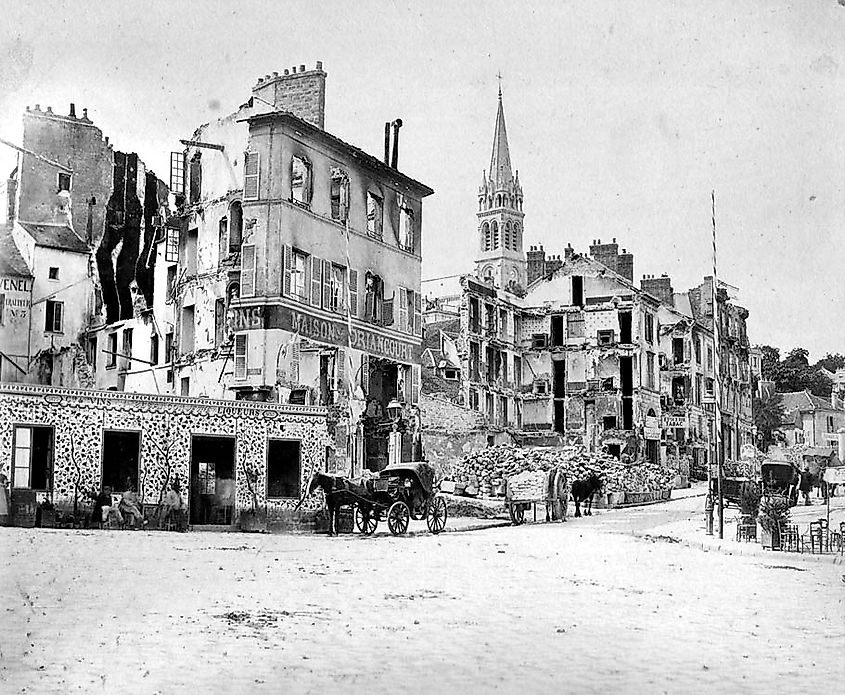
The Siege of Paris, fought in 1871, was a conflict between the Second French Empire and the North German Confederation, resulting in the eventual capitulation of Paris and the annexation of Alsace-Lorraine by the German Empire.
The war began after Emperor Napoleon III declared war on Prussia following its victory over Austria in the Austro-Prussian War. The conflict culminated in the Franco-Prussian Battle of Sedan, in which Napoleon III and his entire army were captured and taken prisoner by the Germans. The Third French Republic was proclaimed in Paris, and hostilities continued for several months until early 1871 when an armistice was signed between France and Prussia.
Battle Of Okinawa- 241,593 Casualties
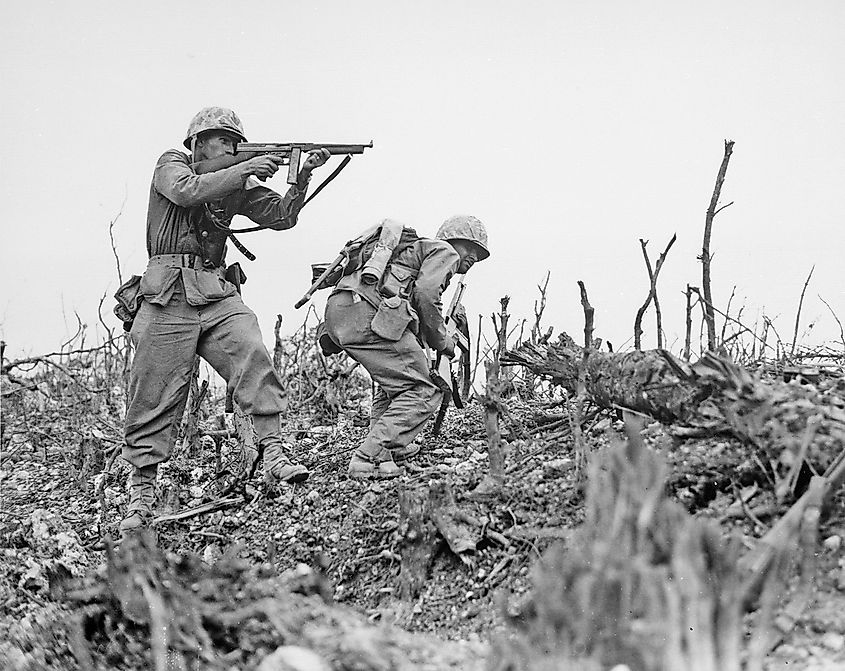
On April 1, 1945, American troops began a massive invasion of Okinawa. The battle lasted 82 days and resulted in the deaths of more than 75,000 Americans and over 100,000 Japanese soldiers.
The fighting on Okinawa was brutal. The Japanese troops were well-entrenched in caves and bunkers, and they fought fiercely. The Americans had to use artillery and tanks to destroy many of the Japanese positions.
The battle also took a heavy toll on civilians. More than 150,000 Okinawan civilians were killed in the fighting or committed suicide to avoid being captured.
After 82 days of fighting, the Battle of Okinawa came to an end on June 21, 1945. It was a costly victory for the Americans, but it helped to pave the way for the eventual defeat of Japan.
Fall Of Tenochtitlan – Estimated 240,000 Casualties
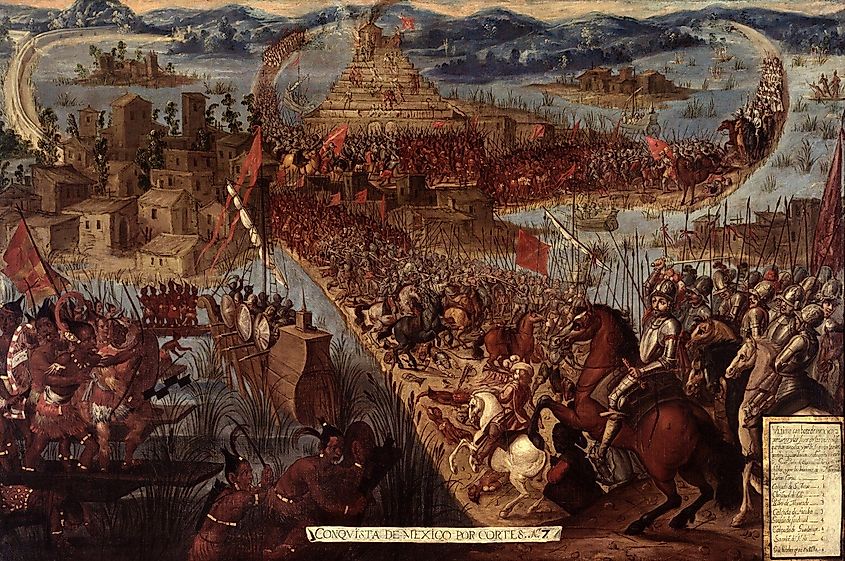
Tenochtitlan, the magnificent capital of the Aztec Empire, fell to the Spanish conquistadors in 1521. It was a bitter defeat for the proud Aztecs and the end of their independent nation.
The fall of Tenochtitlan was hastened by a number of factors. Firstly, the Aztecs had made enemies of neighboring tribes, who saw an opportunity to strike when the Spanish arrived. Secondly, disease played a huge role in weakening the Aztecs – smallpox, in particular, ravaged their ranks. And finally, the Spanish were simply better armed and better organized than the Aztecs.
The siege of Tenochtitlan began in May 1521. The Spanish, led by Cortes, had cut off the city’s water supply and were slowly starving the inhabitants. After months of resistance, the Aztecs finally surrendered in August.
The fall of Tenochtitlan was a devastating blow to the Aztec Empire. It also marked the beginning of the end for indigenous peoples all across Latin America, as the Spanish continued their conquest throughout the region.
Second Siege Of Sevastopol – 236,437 Casualties
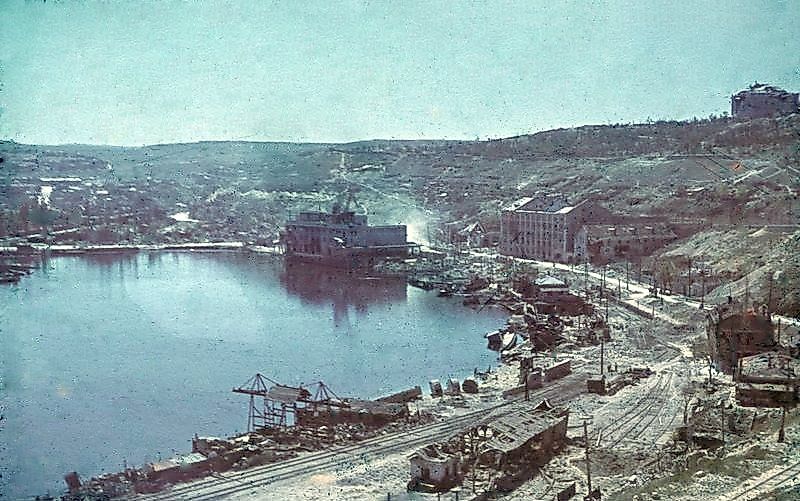
The Siege of Sevastopol was one of the most important battles of World War II. It lasted for over eight months and saw some of the fiercest fighting of the entire war. The city of Sevastopol is located on the Crimean Peninsula, which is situated in the Black Sea. The Soviet Union had been using the city as a major naval base, and it was heavily fortified. In June 1941, Nazi Germany invaded the Soviet Union, and soon after they began their assault on Sevastopol.
For several weeks, German forces bombarded the city with artillery and airstrikes. Finally, on July 4th, they managed to breach the outer defenses and enter the city. Heavy street fighting ensued, and the Soviets were forced to retreat into the inner defenses. The battle raged on for two more months, with neither side able to gain an advantage. Finally, in September 1941, the Germans launched a massive assault that succeeded in capturing most of the city.
First Siege Of Sevastopol – 230,000 Casualties
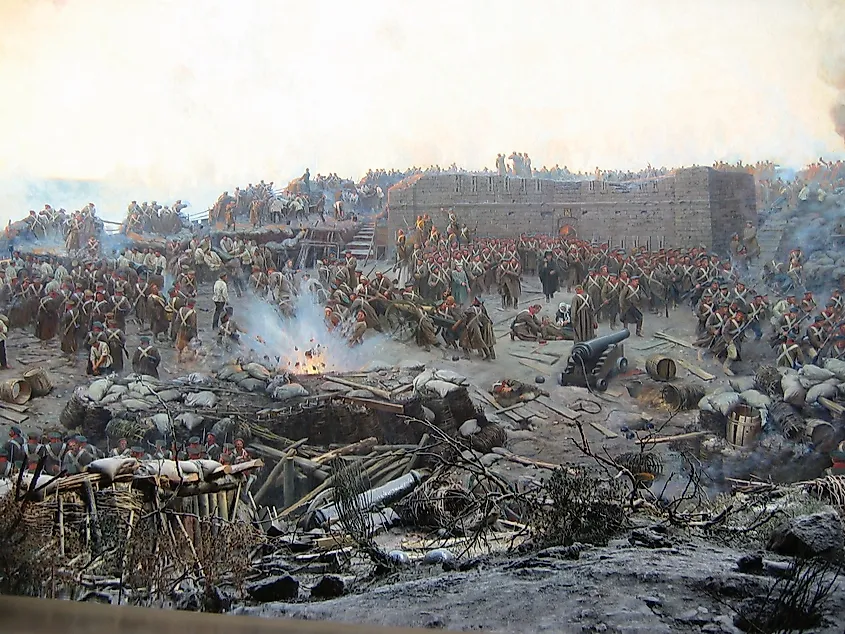
The Siege of Sevastopol lasted for 11 months, from October 1854 until September 1855. The allies, consisting of France, Britain, the Ottoman Empire, and Sardinia, fought against Russia in order to stop her from gaining control of the Black Sea.
The allies laid siege to Sevastopol from both land and sea. On October 17, 1854, they began bombarding the city with cannons. The bombardment continued day and night for weeks, causing considerable damage to the city.
By late November, the Russians had had enough. They mounted a counterattack in an attempt to break through the allied lines but were unsuccessful. The allies then went back on the offensive, and on September 9, 1855, they finally captured the city.
The Siege of Sevastopol was one of the longest sieges in history.
Battle Of The Bulge – Estimated 218,900 Casualties
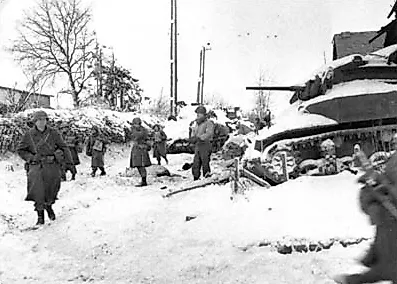
The Battle of the Bulge was a turning point in World War II. It was the last major German offensive campaign on the Western Front. And, although it ultimately failed, it inflicted heavy casualties on the Allies and showed that Germany was still a force to be reckoned with.
The battle began on December 16, 1944, when Hitler ordered a surprise attack against Allied forces in Belgium. The Germans had been secretly massing troops and tanks in the area for weeks, and they caught the Allies by surprise. For several days, the Germans made significant gains, driving deep into Allied territory.
However, the Allies quickly regrouped and launched a counterattack. By early January 1945, they had pushed the Germans back to their original positions. The Battle of the Bulge had come to an end with a German defeat.
Battle Of Alesia – Estimated 200,000 Casualties

September, 52 BC, the Battle of Alesia began. It was fought by the Roman army under the command of Julius Caesar against a confederation of Gallic tribes united under the leadership of Vercingetorix. The battle resulted in a decisive Roman victory and was a crucial step in Caesar’s conquest of Gaul.
Battle Of Xinkou- Estimated 200,000 Casualties
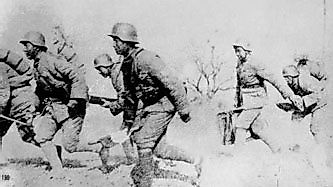
In October 1937, the Battle of Xinkou began. It was fought between the Chinese National Revolutionary Army and the Imperial Japanese Army in Northern China, during the Second Sino-Japanese War. The battle lasted for 24 days and ended with a victory for the Japanese.
The Battle of Xinkou was significant as it was one of the few battles in which the Chinese were able to put up a strong resistance against the well-trained and experienced Japanese army. The Chinese had been greatly outnumbered by the Japanese, but they still managed to inflict heavy casualties on their enemy.
This victory helped boost morale among the Chinese troops, who had been facing a lot of defeats in recent months. It also showed that the Japanese were not invincible and that the Chinese could win if they fought bravely.
Despite their victory at Xinkou, the Chinese National Revolutionary Army was eventually defeated by the Japanese. The Second Sino-Japanese War continued until 1945 when Japan was finally defeated in World War II.
Warsaw Uprising – Estimated 200,000+ Casualties
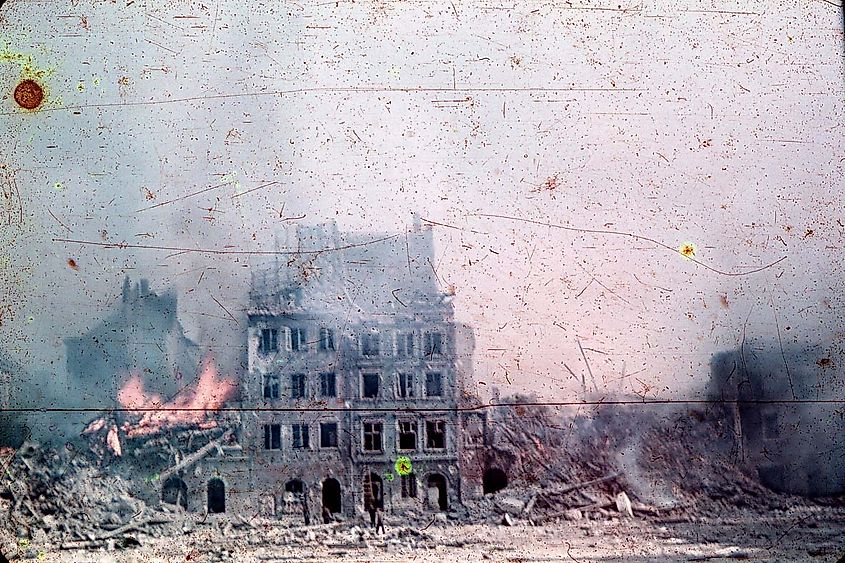
The Warsaw Uprising of 1944 was a pivotal moment in the Second World War. For 63 days, the Polish resistance fought courageously against the Nazi occupation, in one of the largest urban uprisings in history.
The uprising began on August 1st, 1944, as the Polish Home Army launched a coordinated attack against the German forces occupying Warsaw. The Home Army had been planning the uprising for some time and decided to strike while Soviet troops were advancing towards Warsaw from the east.
For two months, the fighting raged on. The Poles managed to hold several key positions in the city, however, they were ultimately outnumbered and outgunned by the Germans, who brought in heavy artillery and tanks to quell the uprising.
On October 2nd, 1944, the Home Army surrendered. The Warsaw Uprising was a tragic moment in Polish history, but it also stands as a testament to the courage and determination of the Polish people.
Siege Of Constantinople – Estimated 170,000 Casualties
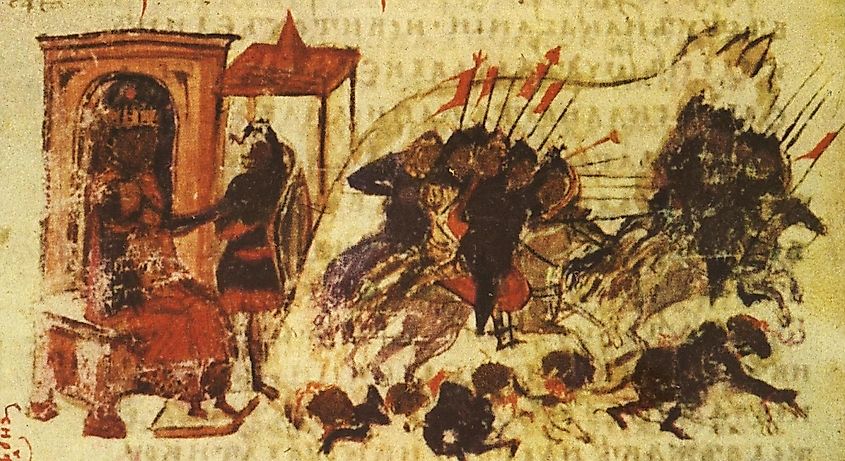
The Siege of Constantinople in 717–718 was a major conflict of the Byzantine-Arab Wars, and one of the most important battles in world history. The siege is notable for being the last time a major city was successfully besieged by a large force using only medieval technology and methods.
42 of Deadliest Battles In Human History
| Battle | Date | Estimated Casualties |
| Siege of Leningrad | 1941–1944 | 5,500,000 |
| Battle of Stalingrad | 1942–1943 | 2,500,620 |
| Siege of Baghdad | 1258 | 2,000,000 |
| Battle of Berlin | 1945 | 1,286,367 |
| Siege of Gurganj | 1221 | 1,200,000 |
| Battle of Kiev | 1941 | 761,783 |
| Battle of Manila | 1945 | 500,000 |
| Siege of Changchun | 1948 | 425,000 |
| Siege of Budapest | 1944–1945 | 422,000 |
| Battle of Shanghai | 1937 | 400,000 |
| Siege of Paris | 1871 | 332,142 |
| Battle of Okinawa | 1945 | 241,593 |
| Siege of Tenochtitlan | 1521 | 240,000 |
| Second Siege of Sevastopol | 1941–1942 | 236,437 |
| First Siege of Sevastopol | 1854–1855 | 230,000 |
| Battle of the Bulge | 1944–1945 | 218,900 |
| Siege of Alesia | 52 BC | 200,000 |
| Battle of Xinkou | 1937 | 200,000 |
| Warsaw Uprising | 1944 | 200,000 |
| Siege of Constantinople | 717–718 | 170,000 |
| Siege of Candia | 1648–1669 | 149,739 |
| Siege of Yongzhou | 1076 | 140,000 |
| Siege of Odessa | 1941 | 133,813 |
| Battle of Taiyuan | 1937 | 130,000 |
| Battle of South Shanxi | 1941 | 120,000+ |
| Battle of West Hubei | 1943 | 115,830 |
| Siege of Ostend | 1601–1604 | 115,000 |
| Third Battle of Nanking | 1864 | 100,000 |
| Siege of Port Arthur | 1904–1905 | 100,000 |
| Battle of Changde | 1943 | 100,000 |
| Siege of Adrianople | 1912–1913 | 93,282 |
| Battle of Dunkirk | 1940 | 88,000 |
| Siege of Basra | 1987 | 85,000 |
| Third Battle of Changsha | 1942 | 84,862 |
| First Battle of Changsha | 1939 | 80,000+ |
| Battle of Nanchang | 1939 | 75,328 |
| Siege of Plevna | 1877 | 75,000 |
| Siege of Petersburg | 1864–1865 | 70,000 |
| Second Siege of Zaragoza | 1808–1809 | 64,000 |
| Siege of Rhodes | 1522 | 55,200 |
| Battle of Gettysburg | 1863 | 50,000 |
| Siege of Chittorgarh | 1567–1568 | 40,000 |



 Users Today : 22
Users Today : 22 Total views : 665030
Total views : 665030